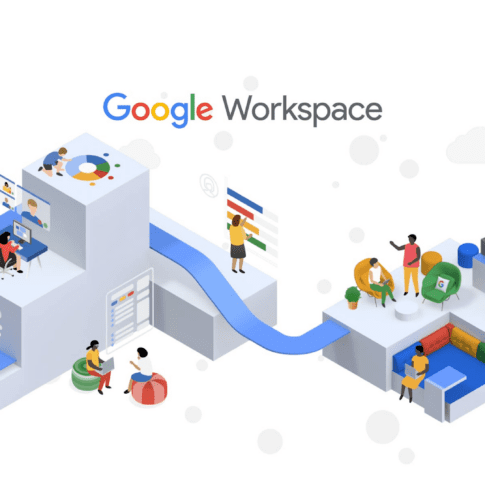You’ve organized a successful event – what’s next?

The Big Day is behind you. You’ve targeted your audience well and are happy with the turnout. Your lecturers were interesting, and guests actively participated during the lectures, asked questions and showed interested in the solutions presented. During breaks and after the event, they talked with the lecturers and exchanged business cards. Everything went smoothly and ultimately, you are happy with your well-organized event.
But what’s next? As we have already mentioned in an earlier post on how to organize sales events that people will love to attend, although we have been organizing events for many years, we don’t make our living from their organization, but from satisfied clients. The idea is that events bring us new clients, let us get to know our existing customers better and to build long-term relationships with them. Doesn’t seem too complicated, does it?
But once the adrenaline wears off and your time is taken over by daily chores, which usually happens very quickly, time simply gets away from you without you getting to do a good follow-up to your event. We know this well, because we have often met the same challenge ourselves. After almost a hundred events in Croatia and the region, as well as many tried-and-tested techniques for a better follow-up process, we have decided on a process that has turned out to be the most effective for us.
Below are a few key elements that are an integral part of our every follow-up process, which may help you get more customers and establish better relationships with them – because things could always be better, right?
Relationships with potential clients are made easier by preparing for them.
Participants usually sign up weeks in advance, giving you enough time to do a little research. Find out who your guests are, which companies they’re from and what they do. Define your priorities and prepare yourself for conversations with specific participants.
Timing is everything.
Good timing is extremely important. People will seldom remember the details of your event after two or three week, so don’t wait too long do to follow-up activities, but rather contact your potential clients as soon as possible.
Combine several different follow-up techniques.
Test different techniques to see what gives you the best results. What we found to be most efficient was a combination of three different approaches:
1. The first step is to send a follow-up questionnaire to all event participants. Make sure the questionnaire is simple and doesn’t take too long to fill out. Take into account the answers you receive and contact those who’ve shown interest for specific solutions or products.
2. At our company, everyone who hasn’t completed a questionnaire is contacted by our Sales Development team and thanked for their participation, to find out what they were satisfied with or not and what they would like to know more about. This conversation is the basis for further Sales Development – if our team thinks that there is interest in a specific solution from our portfolio, further communication with a potential customer will be redirected to our sales team.
3. Salespeople contact only those potential clients with whom they’ve established quality communication at the event itself, where further meetings have been agreed upon.
Contact those who signed up for the event, but didn’t attend.
In most cases, reasons why people don’t attend your event are out of your control, but having someone sign up for your event is already a good indication that they are at least somewhat interested in what you have to offer. That’s why there potential clients should not be ignored. Try to activate them again after the event, by sending them information or presentations from the event – that may motivate them to ask you additional questions.
Follow the entire process through a system that will support you.
An efficient customer relationship management (CRM) system is very useful here, because it allows you to track everything you need in one place;
all events you’ve organized,
all follow-up activities related to those events,
all commmunication with potential and existing clients,
and ultimately, how your events fare on all the parameters that matter to you, including the viability of investing in them.
If they are tailored to your needs, these business systems provide you with live, always-available data on potential and existing customers, which you can analyze and use for any future events and decisions in general.
Every company has its own specifics, so the techniques to approach new clients might differ somewhat. But the goal is always the same – to make the most of our events to attract new customers and build quality relationships with existing clients. A combination of three key elements: a systematic approach to follow-up activities, tracking them through a system that acts as support and working together of various teams within the company – this is what turned out to be the best answer we could find to the question – what’s next after a successful event?
Related articles
HSM in 2024
Why buy a Google license from a local partner?

Google Workspace vs. Microsoft 365 – which one suits your needs better?

What is Google Workspace and how can it help teams collaborate even better?
HSM in 2023
Modern technology in the service of the educational and business sectors
Interactive displays as the future of business

Making your clients stick around after your salesmen leave
5 reasons why you need an interactive display